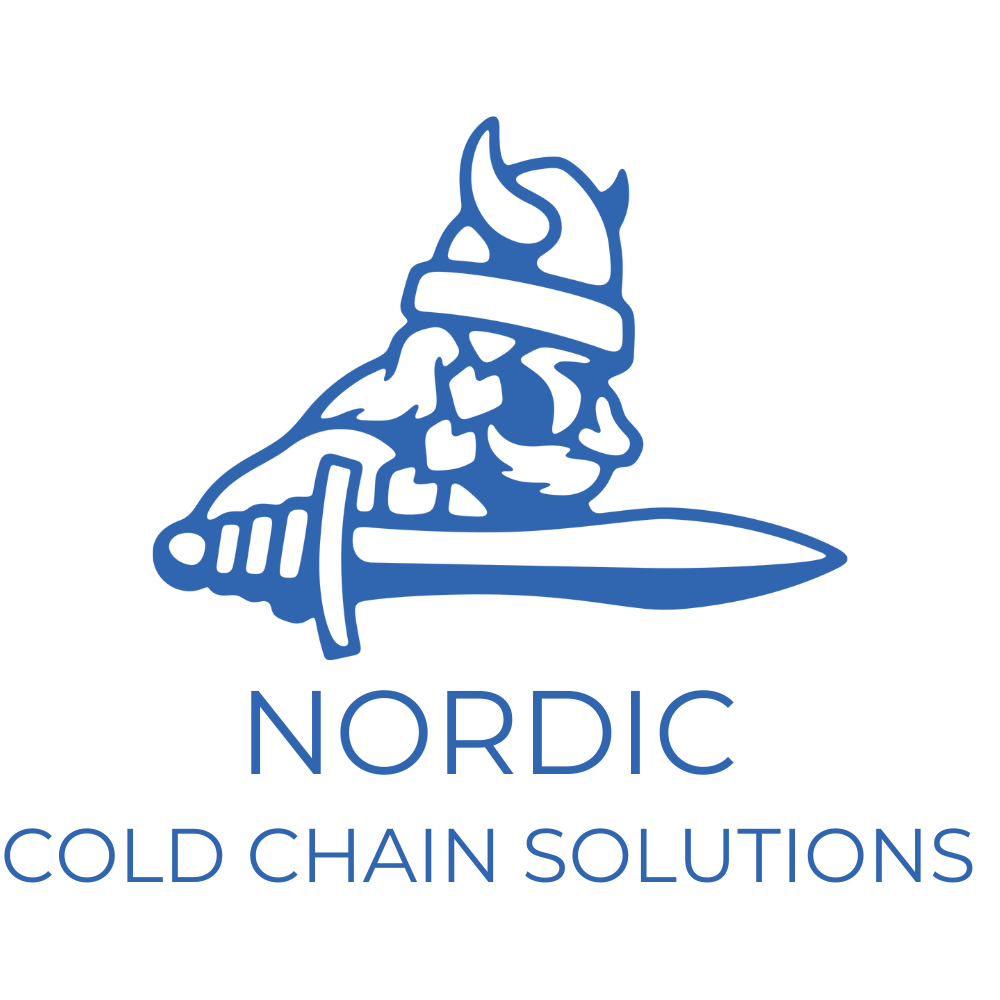As GLP-1 drugs gain prominence in the pharmaceutical market, ensuring they are stored and transported under proper cold chain conditions is more critical than ever. This article explores why cold chain shipping is essential for GLP-1 drugs, the challenges faced in maintaining this cold chain, and the best practices that can help preserve the potency and safety of these medications.
Understanding the Cold Chain Needs of GLP-1 Drugs
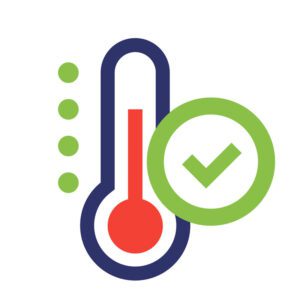 GLP-1 drugs are biologically active medications that require cold chain shipping due to their sensitivity to temperature fluctuations. Typically, these drugs must be stored at temperatures between 2°C and 8°C (36°F to 46°F) to maintain their stability and efficacy. Any deviation from this range can result in degradation, reducing the drug’s effectiveness and potentially compromising patient safety.
GLP-1 drugs are biologically active medications that require cold chain shipping due to their sensitivity to temperature fluctuations. Typically, these drugs must be stored at temperatures between 2°C and 8°C (36°F to 46°F) to maintain their stability and efficacy. Any deviation from this range can result in degradation, reducing the drug’s effectiveness and potentially compromising patient safety.
For GLP-1 drugs, maintaining the cold chain is not just about keeping the product cold; it’s about ensuring consistent and precise temperature control throughout the supply chain. From manufacturing to last-mile delivery, these drugs must be protected from temperature excursions that could render them ineffective. Without proper temperature management, patients may not receive the full therapeutic benefits of their medications, leading to potential health risks.
Key Challenges and Solutions in Cold Chain Shipping for GLP-1 Drugs
The cold chain logistics of GLP-1 drugs face several challenges, including temperature excursions, packaging failures, and transportation delays. Temperature excursions, which occur when the product experiences temperatures outside the recommended range, can happen at any stage of the supply chain. This risk is heightened during transit, where exposure to external temperature changes is common.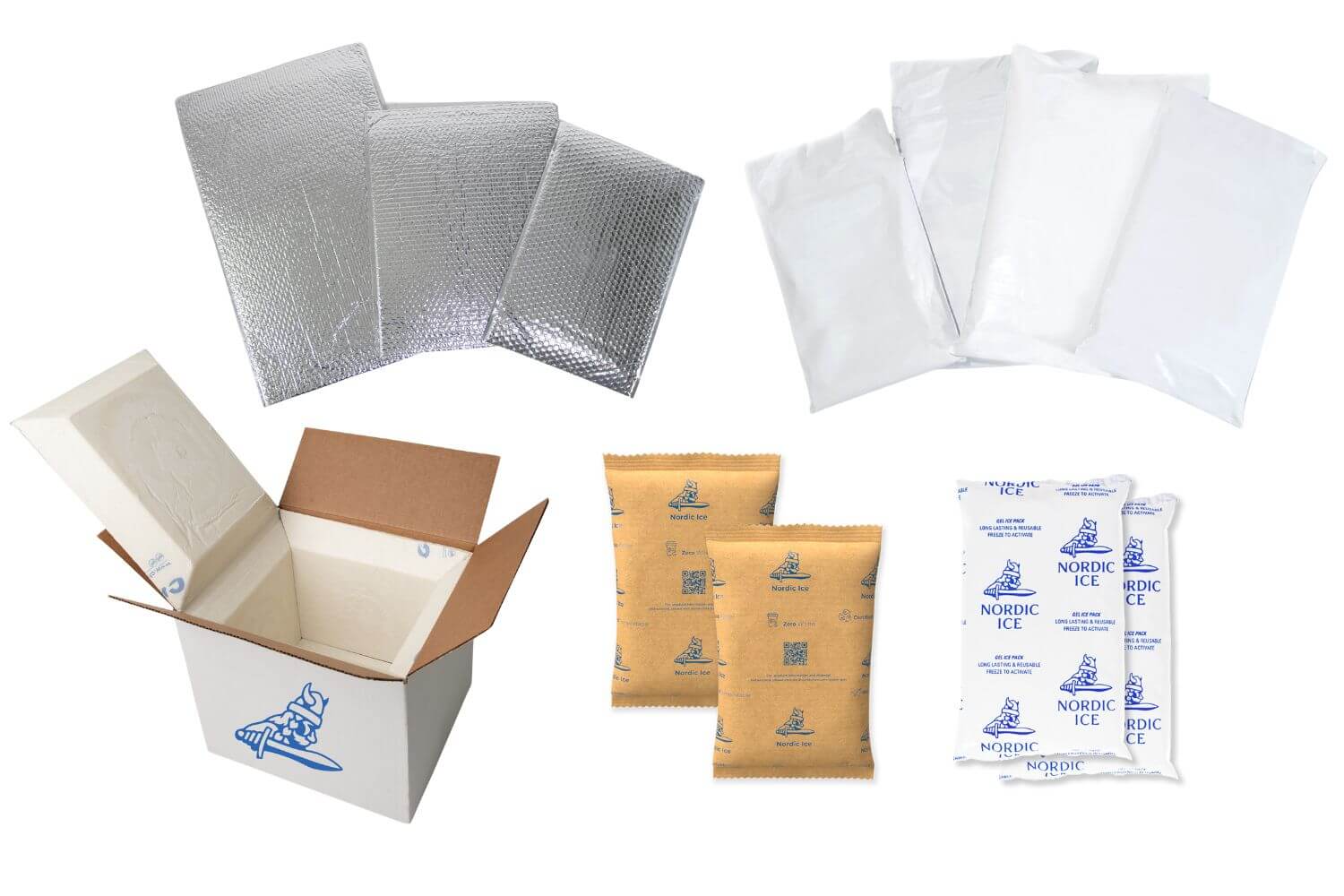 Advanced packaging solutions are crucial in mitigating these risks. Insulated packaging, phase change materials, and cooler boxes help maintain the required temperature range for GLP-1 drugs during transit. Additionally, real-time temperature monitoring tools provide visibility into the conditions of the shipment, allowing logistics teams to intervene promptly if any deviations occur. Implementing these tools is a best practice that helps ensure the safe delivery of temperature-sensitive medications, including GLP-1 drugs.
Advanced packaging solutions are crucial in mitigating these risks. Insulated packaging, phase change materials, and cooler boxes help maintain the required temperature range for GLP-1 drugs during transit. Additionally, real-time temperature monitoring tools provide visibility into the conditions of the shipment, allowing logistics teams to intervene promptly if any deviations occur. Implementing these tools is a best practice that helps ensure the safe delivery of temperature-sensitive medications, including GLP-1 drugs.
Moreover, it is vital to select reliable shipping partners with experience in cold chain logistics for pharmaceuticals. These partners understand the unique requirements of GLP-1 drugs and can provide specialized handling and contingency planning to mitigate risks during transit. Proper training for personnel handling and transporting these drugs further ensures compliance with cold chain protocols.
Regulatory Requirements for Cold Chain Shipping of GLP-1 Medications
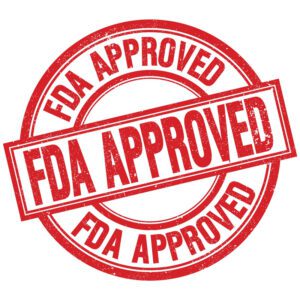 Adhering to regulatory standards is essential in the cold chain shipping of GLP-1 drugs. Regulatory bodies like the FDA set strict guidelines for storing and transporting temperature-sensitive pharmaceuticals to ensure they remain safe and effective. These regulations outline the necessary storage, handling, and documentation conditions, making compliance a non-negotiable aspect of pharmaceutical logistics.
Adhering to regulatory standards is essential in the cold chain shipping of GLP-1 drugs. Regulatory bodies like the FDA set strict guidelines for storing and transporting temperature-sensitive pharmaceuticals to ensure they remain safe and effective. These regulations outline the necessary storage, handling, and documentation conditions, making compliance a non-negotiable aspect of pharmaceutical logistics.
According to guidelines, pharmaceutical companies and their logistics partners must validate their cold chain processes, demonstrating that their packaging and transportation methods can maintain the required temperature conditions. This includes performing risk assessments, validating equipment, and maintaining comprehensive temperature data records throughout the supply chain.
Meeting these regulatory requirements protects the integrity of GLP-1 drugs and ensures that companies avoid costly recalls and legal issues. Failure to comply with these standards can result in penalties and damage the company’s reputation, underscoring the importance of robust cold chain management practices.
Ensuring Safe Delivery
 The cold chain shipping of GLP-1 drugs plays a vital role in preserving their potency and ensuring patient safety. As these medications continue to be widely used in managing type 2 diabetes and obesity, maintaining strict temperature controls throughout the supply chain is crucial. From advanced packaging solutions to real-time monitoring and regulatory compliance, every step in the cold chain must be meticulously managed to protect these sensitive medications.
The cold chain shipping of GLP-1 drugs plays a vital role in preserving their potency and ensuring patient safety. As these medications continue to be widely used in managing type 2 diabetes and obesity, maintaining strict temperature controls throughout the supply chain is crucial. From advanced packaging solutions to real-time monitoring and regulatory compliance, every step in the cold chain must be meticulously managed to protect these sensitive medications.
Patient safety starts with proper logistics. By investing in reliable cold chain solutions and adhering to best practices, pharmaceutical companies can ensure that GLP-1 drugs reach patients in optimal condition, providing the therapeutic benefits they rely on.
